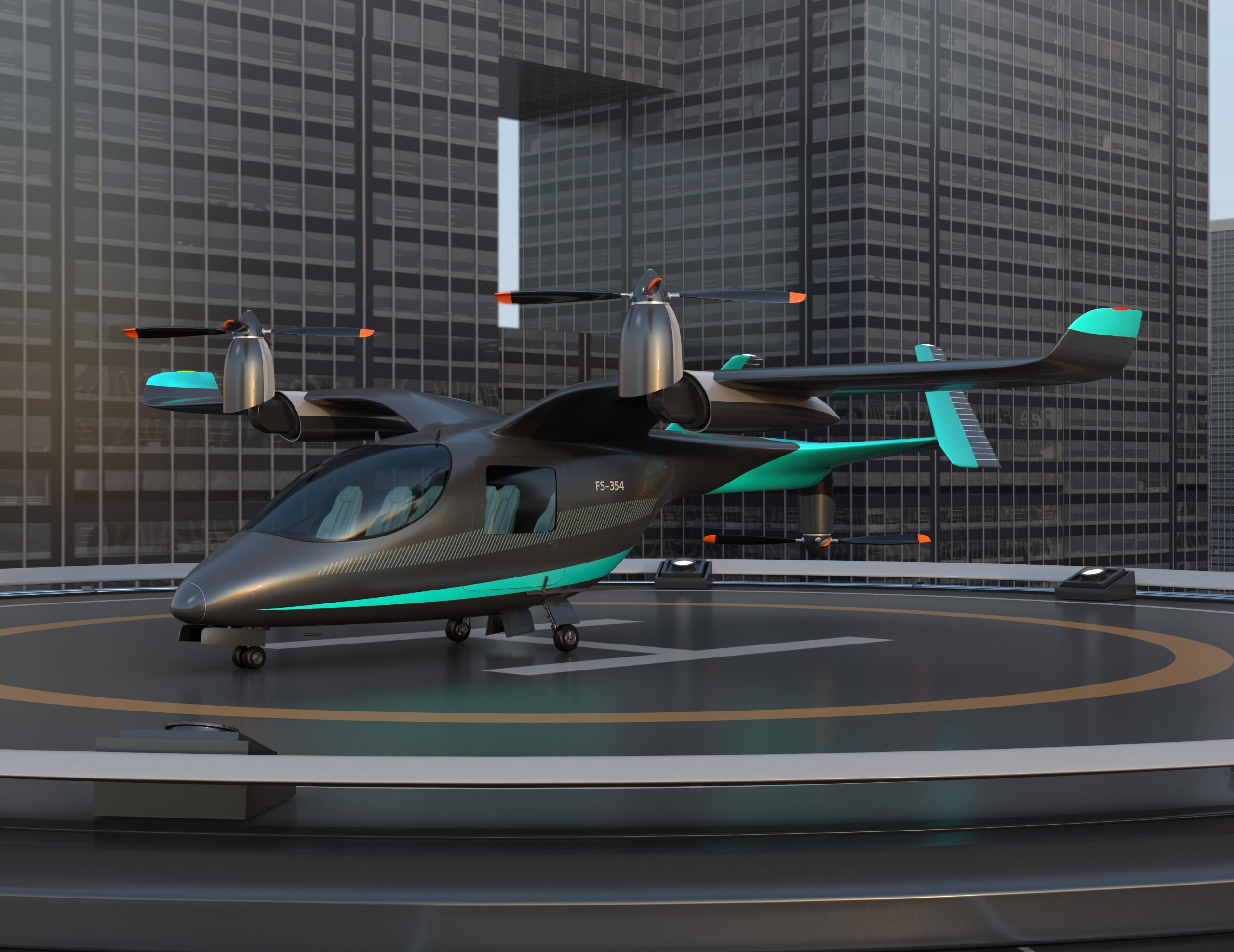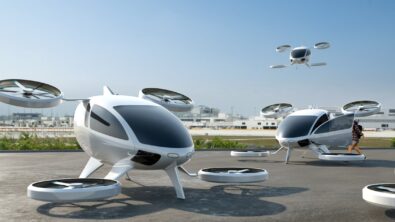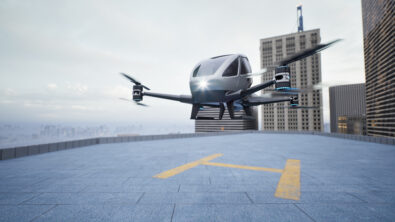Building George Jetson’s Car Part One – Summary

Advanced air mobility (AAM) is one of the many exciting things being developed in aerospace and defense, a new classification of aircraft that offers a new form of aerial transportation. What is even more exciting is how close AAM is to becoming reality. With multiple companies working and making great progress in this new sector, AAM vehicles have a real chance of becoming a regular sight among cities within the next decade.
Of course, any innovative technology comes with its own obstacles, and companies in the AAM sector will need to confront their own if they want to let their vehicles fly. To help companies navigate them, the Talking Aerospace Today podcast has begun a new arc focusing on the challenges of the burgeoning AAM sector. In this episode, Todd Tuthill introduces the concept of AAM vehicles, discusses how they differ from “traditional” aircraft, and identifies the key challenges AAM companies will need to face when building their new aircraft.
What is advanced air mobility?
Being a new type of aircraft, some people might not be familiar with advanced air mobility. According to Todd, AAM vehicles are a new classification of aircraft that is smaller than most commercial airplanes, typically utilizing electric batteries for power and multiple rotors for vertical takeoff and flight. Some are even being designed to fly autonomously without a human pilot.
The functions for AAM vehicles are wide-ranging, but when people talk about AAM, the most common image that comes to mind is of aircraft that can carry small amounts of passengers or cargo across short distances, such as within or between cities. These vehicles also fall under the term, urban air mobility (UAM).
As an example, Todd asks listeners to think of the self-driving Ubers that are becoming more common in certain US states. Many AAM vehicles will fulfill a similar purpose—carrying a small group of passengers through a city—only it would be done through the air, avoiding all the ground traffic that can make traversing city streets difficult.
Aircraft for the 21st century
AAM vehicles differ from traditional aircraft in many ways, some more obvious, others more subtle.
As stated previously, AAM vehicles carry much smaller payloads. They are only just larger than most cars, and compared to many airliners that can carry well over a hundred passengers, AAM vehicles are expected to only carry four to six on average. Of course, their roles have them flying only short distances, so such large carrying capacities are not necessary.
One important distinction that really separates them from traditional aircraft, however, is their source of power and propulsion. Most AAM designs are being configured to fly using sustainable methods of propulsion from the beginning, typically electric batteries, rather than fossil fuels. Not only would AAM vehicles introduce a new way to fly, but they are also likely to be a new form of sustainable travel altogether.
Another significant difference is simply how quiet AAM vehicles will be. One could argue helicopters could fill many of the roles AAM vehicles would take on, but the reason helicopters are not widely used within cities are because of how loud and disruptive they are. With no combustion engines and smaller rotor blades, AAM vehicles are expected to be far quieter, ideal for urban aerial transportation.
The four key challenges
While AAM vehicles can be easily envisioned, there are still some challenges AAM companies will need to face when building their aircraft. According to Todd, the four most significant include:
- Autonomy: Some companies have plans to make their AAM vehicles autonomous down the line, or even from the very beginning. There will be many obstacles in operating such vehicles, as well as cultural acceptance.
- Batteries: While battery technology has come a long way in recent years, applying them to aircraft is still complex. Engineers will need to balance power-density, weight, and range to make the optimal AAM vehicle.
- Infrastructure: Cities currently lack the vertiports and infrastructure to support AAM fleets. How will vehicles be powered, and will the sources of that power be sustainable?
- Certification: As a new classification of aircraft, certifying AAM vehicles with the FAA will present new roadblocks and quandaries to ensure safe release. This is doubly so if vehicles are made to be autonomous.
The potential of AAM is immense, opening new opportunities in transportation, logistics, and more. Like every new technology, however, companies pushing it will need to overcome critical obstacles to see their goals realized. With enough determination and the right strategy and processes, however, AAM vehicles could one day be a common sight among future city skylines.
Stay tuned for part two of this topic on Talking Aerospace Today and learn the role digital transformation can play in bringing AAM to life.
Siemens Digital Industries Software helps organizations of all sizes digitally transform using software, hardware and services from the Siemens Xcelerator business platform. Siemens’ software and the comprehensive digital twin enable companies to optimize their design, engineering and manufacturing processes to turn today’s ideas into the sustainable products of the future. From chips to entire systems, from product to process, across all industries. Siemens Digital Industries Software – Accelerating transformation.


